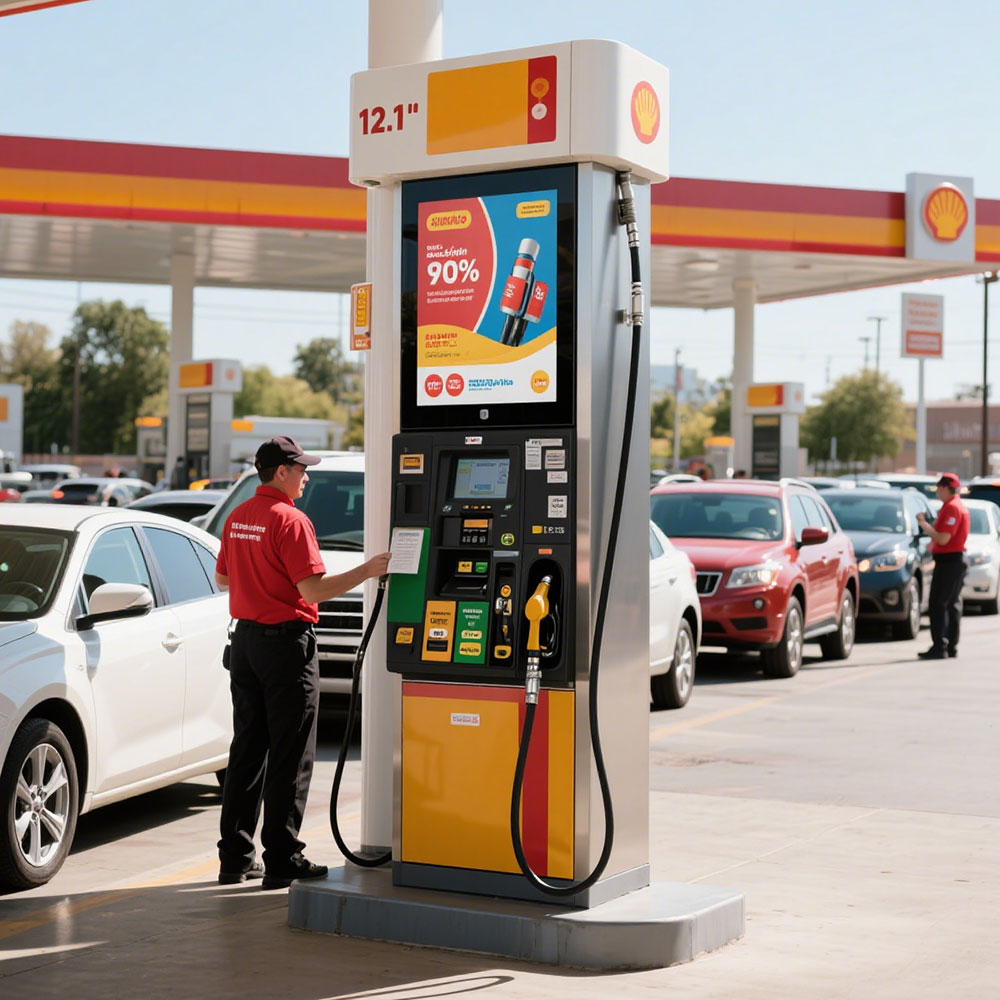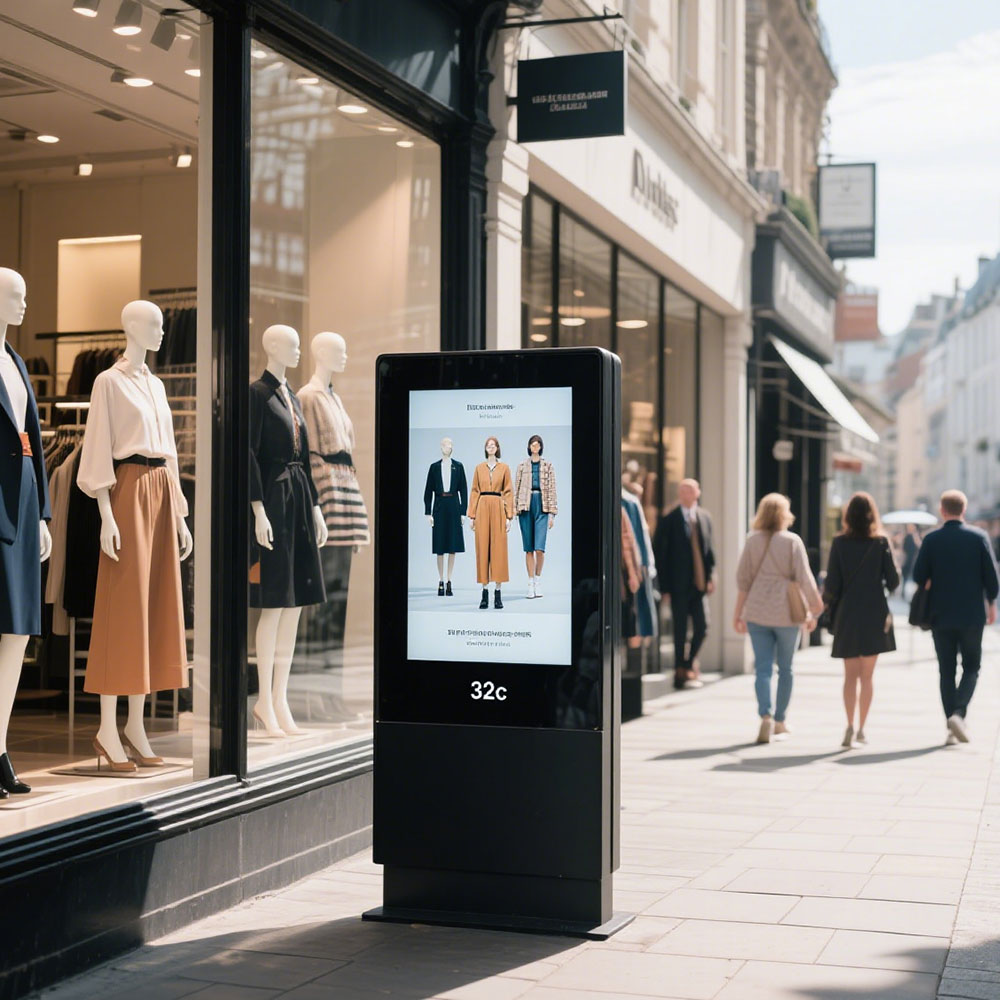When selecting an outdoor LCD screen for industrial applications, manufacturers and distributors must prioritize durability, visibility, and environmental resilience. Unlike indoor displays, outdoor screens operate in harsh conditions—extreme temperatures, humidity, UV exposure, and physical vibration—that demand rigorous engineering standards.
First, brightness is critical. According to the International Electrotechnical Commission (IEC) 60068-2-1, outdoor screens must maintain readability under direct sunlight, typically requiring a minimum of 5,000 nits peak brightness. Many leading manufacturers now offer 7,000–10,000 nits models, especially for high-glare environments like construction sites or transportation hubs.
Second, IP ratings matter. An IP65 or higher rating ensures protection against dust ingress and water jets—a necessity for facilities in coastal areas or humid climates. For example, our case study with a European logistics company showed that IP67-rated screens reduced maintenance costs by 40% over two years compared to standard IP54 units.
Third, display technology should align with use cases. LED-backlit LCDs are ideal for general signage, while OLEDs provide superior contrast for high-end control rooms. However, for extreme cold (-40°C), LCDs with wide temperature ranges (e.g., -30°C to +70°C) remain the most reliable option per MIL-STD-810G standards.

Finally, connectivity and remote management capabilities are essential for global operations. Modern outdoor LCDs support PoE (Power over Ethernet), RS-485, and cloud-based monitoring via platforms like Samsung’s Smart Monitor or LG’s WebOS. This reduces downtime and enables predictive maintenance—an advantage for distributors targeting Tier-1 OEMs.
In summary, choosing the right outdoor LCD isn’t just about specs—it’s about aligning performance with real-world operational demands. With the right partner, you can future-proof your installations across diverse industries—from mining to smart cities.








